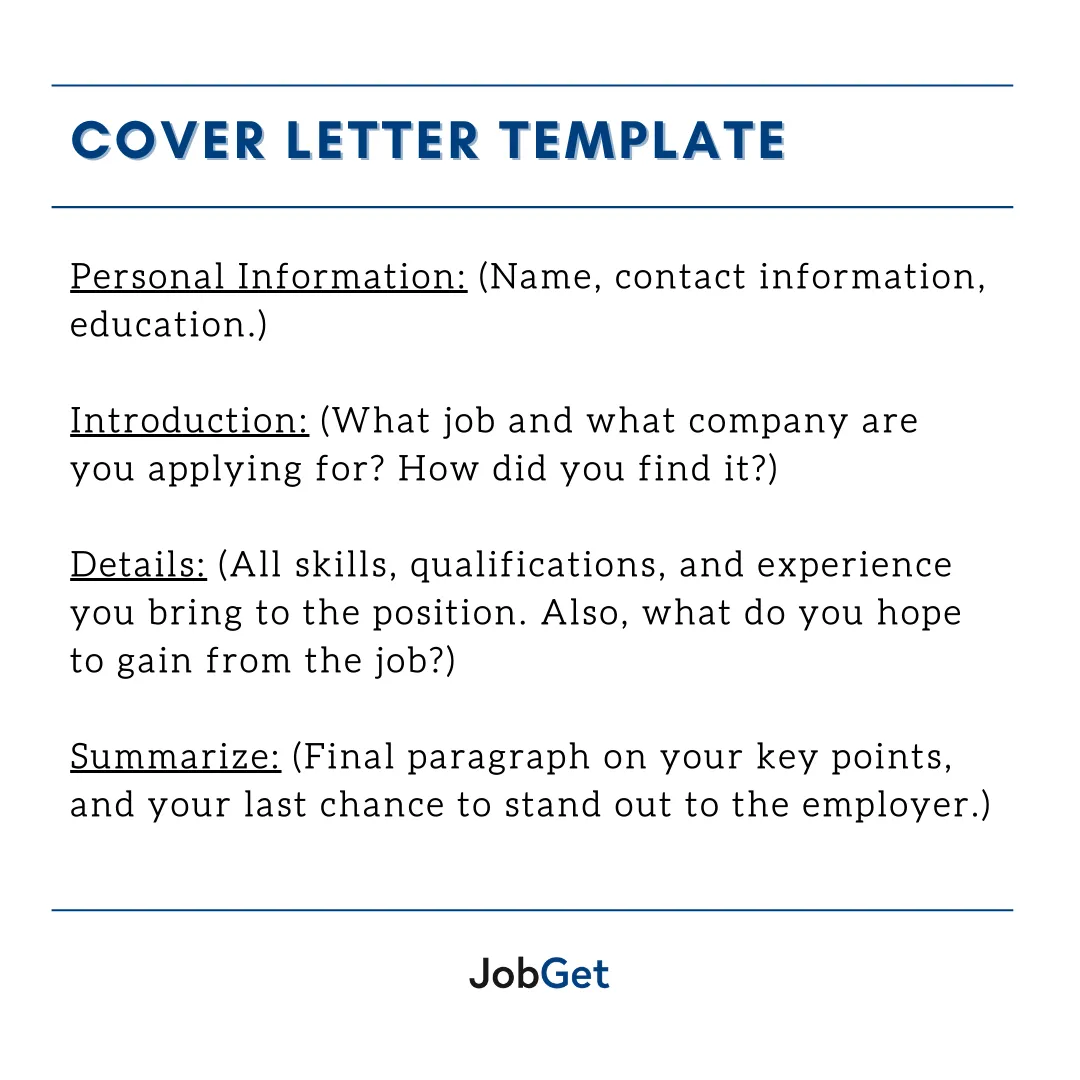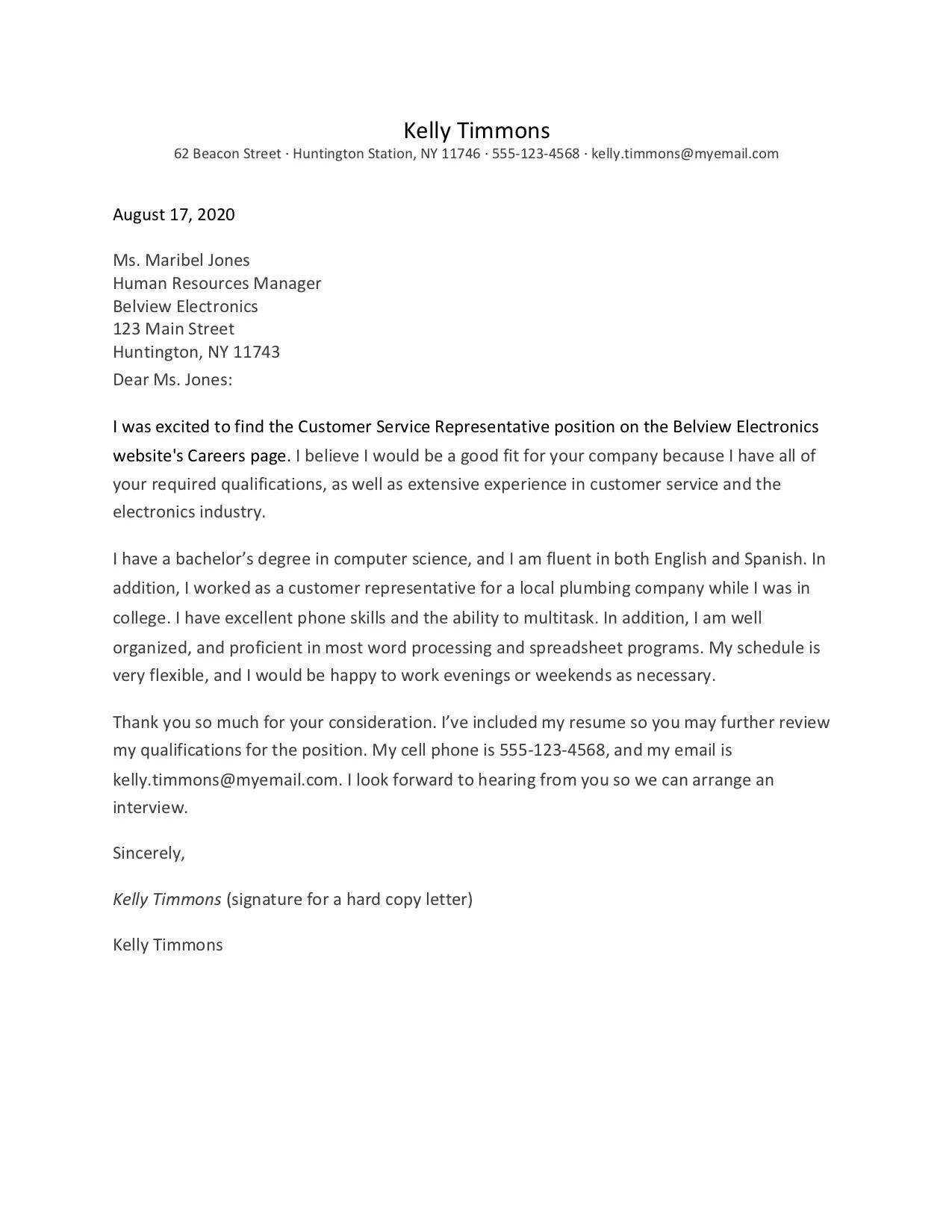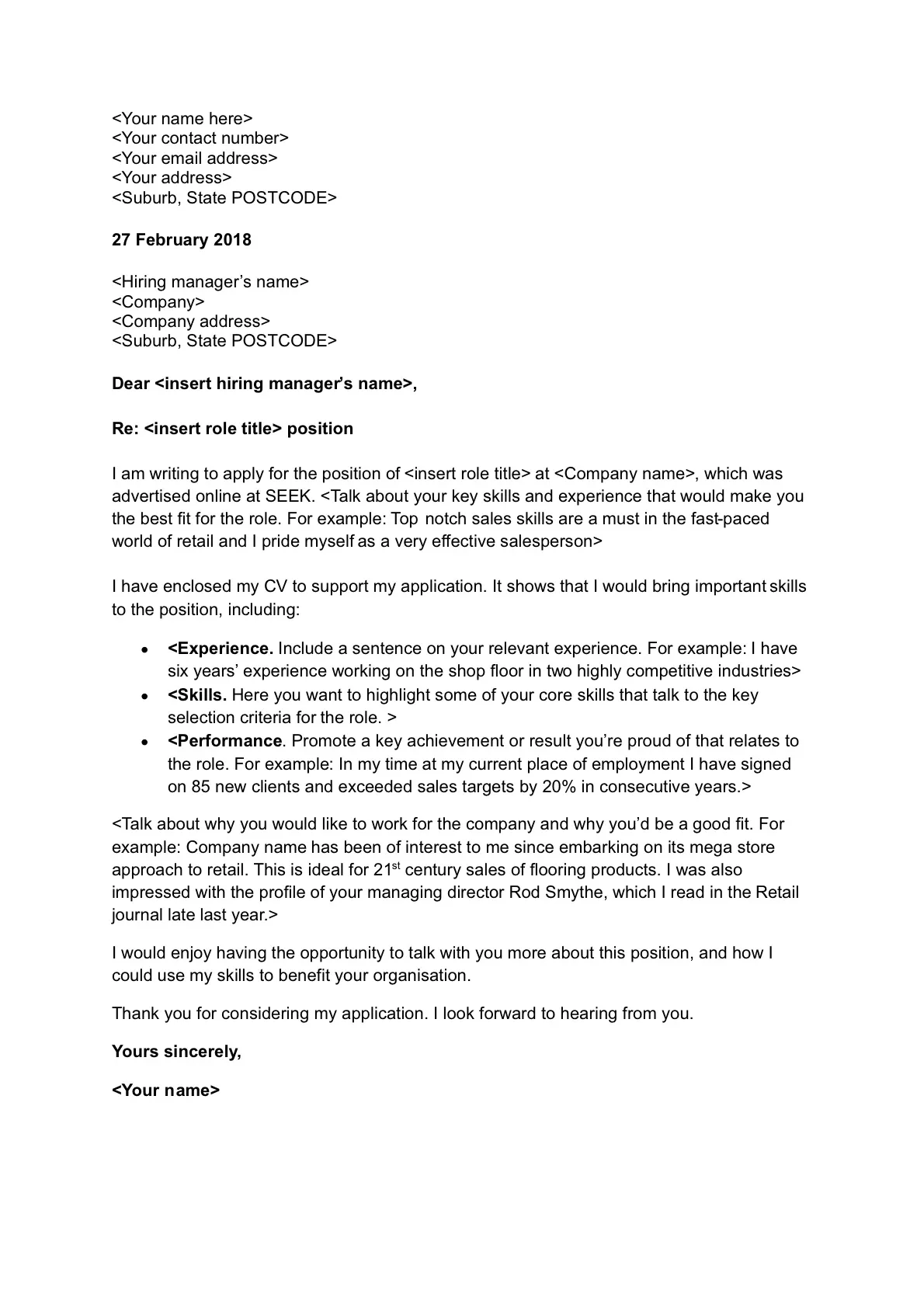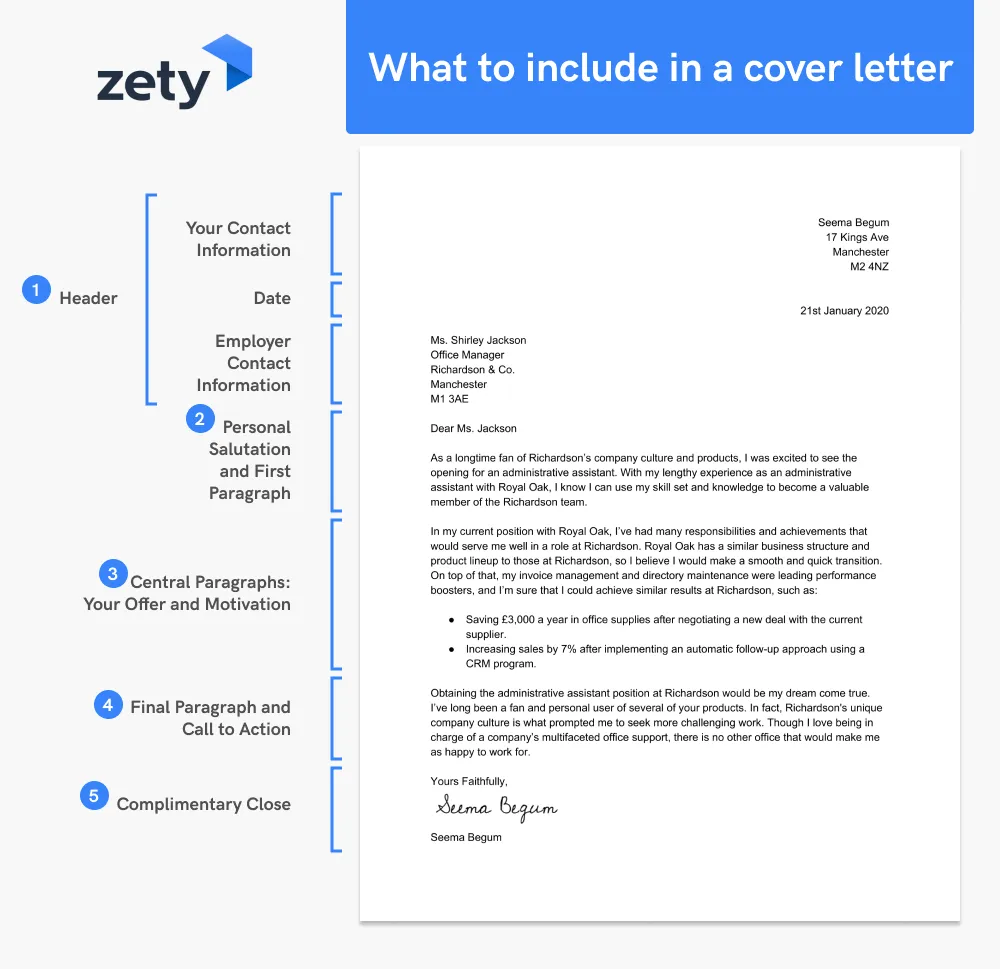Why a Cover Letter is Essential
In the competitive world of job applications, a well-crafted cover letter can be your golden ticket to an interview. While a resume provides a snapshot of your professional history, a cover letter allows you to connect with the hiring manager on a more personal level. It’s your opportunity to highlight your personality, express your enthusiasm for the role, and demonstrate why you’re the perfect fit for the company. A cover letter gives you the chance to expand on your experiences, showcase your writing skills, and tailor your application to the specific job requirements. This is your chance to shine and make a memorable first impression on the hiring manager. Don’t underestimate the power of a cover letter it is a fundamental key to unlock your potential of landing a job.
What to Include in Your Cover Letter
A successful cover letter is a carefully constructed document that contains specific elements designed to capture the reader’s attention. These essentials ensure you present yourself effectively. The cover letter should provide context and should support your claims made on your resume. To make your cover letter stand out, you must include these core components, along with a clear articulation of your skills and accomplishments. Let’s delve into each crucial element to help you create a cover letter that leaves a lasting impression.
Your Contact Information

Start your cover letter with your contact information. This should include your full name, address, phone number, and professional email address. Make sure the email address is appropriate and professional-sounding. This information should be clearly visible at the top of the page, making it easy for the hiring manager to reach you. Using a clean and professional format helps the reader to identify your contact information without any difficulty.
The Hiring Manager’s Name (If Possible)
Addressing your cover letter to a specific person, such as the hiring manager or the recruiter, demonstrates that you’ve done your research and shows your attention to detail. Always try to find out the hiring manager’s name. This personal touch sets you apart from generic applications and shows that you are truly interested in the position and the company. You can find this information on the company’s website, LinkedIn, or through the job posting. If the name is unavailable, use a general greeting such as ‘Dear Hiring Manager’.
A Compelling Opening
Your opening paragraph is your first opportunity to grab the reader’s attention. Start strong by expressing your interest in the specific role and company. You might mention how you found the job, what particularly excites you about the opportunity, or make a brief statement about your key qualifications. Avoid generic opening lines. Instead, craft a statement that reflects your genuine enthusiasm and highlights your alignment with the company’s values or mission. The goal is to entice the hiring manager to read further and learn more about you.
Highlight Relevant Skills and Experience

The body of your cover letter is where you showcase your skills and experience. Carefully review the job description and identify the key requirements and qualifications. Then, provide specific examples from your past experiences that demonstrate how you have successfully used these skills. Frame these examples in terms of the results you achieved. Focus on the value you brought to previous employers. Explain how your abilities align with the job’s needs. This shows that you understand the role and the company’s expectations. Also, tailor your letter to show that you have the skills to succeed in the position.
Quantify Your Achievements
Instead of simply listing your responsibilities, use numbers and data to quantify your accomplishments. For instance, instead of saying ‘Managed social media accounts’, say ‘Increased social media engagement by 30% in six months’. Quantifying your achievements adds credibility to your claims and demonstrates the impact you made in your previous roles. By presenting your accomplishments with hard numbers, you provide concrete evidence of your abilities and the value you can bring to the new company. Use metrics that are relevant to the job description and the company’s goals.
Showcase Your Enthusiasm for the Role
Expressing genuine enthusiasm for the role and the company is crucial. Explain why you are excited about this particular opportunity. Highlight what aspects of the company’s mission, culture, or values resonate with you. Show that you’ve researched the company and understand its goals. Demonstrate how your personal career aspirations align with the job. Letting your personality shine through in your cover letter will make you more memorable and help you build a connection with the hiring manager. It is important to articulate why you feel like a perfect fit.
Tailor Your Letter to the Job

Avoid using a generic cover letter for every job application. Instead, tailor each letter to the specific job and the company. Customize your letter by referencing the job description, highlighting the skills and experiences that directly align with the requirements, and mentioning the company’s specific projects or initiatives that interest you. This personalization shows the hiring manager that you have taken the time to understand the role and that you are truly interested in the position. This level of detail will stand out and increase your chances of securing an interview.
Proofread and Edit Your Cover Letter
Before you submit your cover letter, proofread it carefully for any grammatical errors, typos, or formatting inconsistencies. Errors can create a negative impression. Always use spell check and grammar check tools, and consider asking a friend or mentor to review your letter as well. Multiple rounds of proofreading are crucial for ensuring your letter is polished and professional. A well-edited cover letter reflects your attention to detail and your commitment to producing high-quality work. It can be the difference between a successful and unsuccessful job application.
Formatting Your Cover Letter
The format of your cover letter can significantly impact its readability and overall impression. Use a professional and easy-to-read font, such as Times New Roman, Arial, or Calibri, in a standard size (11 or 12 points). Maintain consistent spacing and margins throughout the document. Ensure your letter is well-organized, with clear sections and concise paragraphs. Avoid long blocks of text. Use bullet points to highlight key achievements or skills. This will make your letter visually appealing and easy for the hiring manager to read and digest. Pay attention to the overall layout, and make sure the letter is visually balanced and uncluttered. A well-formatted cover letter is a reflection of your professionalism.
In conclusion, a well-crafted cover letter is an essential tool for any job seeker. It allows you to make a strong first impression, showcase your skills and experiences, and express your enthusiasm for the role. By including the essential elements such as contact information, the hiring manager’s name, a compelling opening, relevant skills, quantified achievements, a demonstration of your enthusiasm, and careful proofreading, you can create a cover letter that grabs the attention of the hiring manager and increases your chances of landing an interview. Remember to tailor your letter to each specific job. Good luck with your job search!
